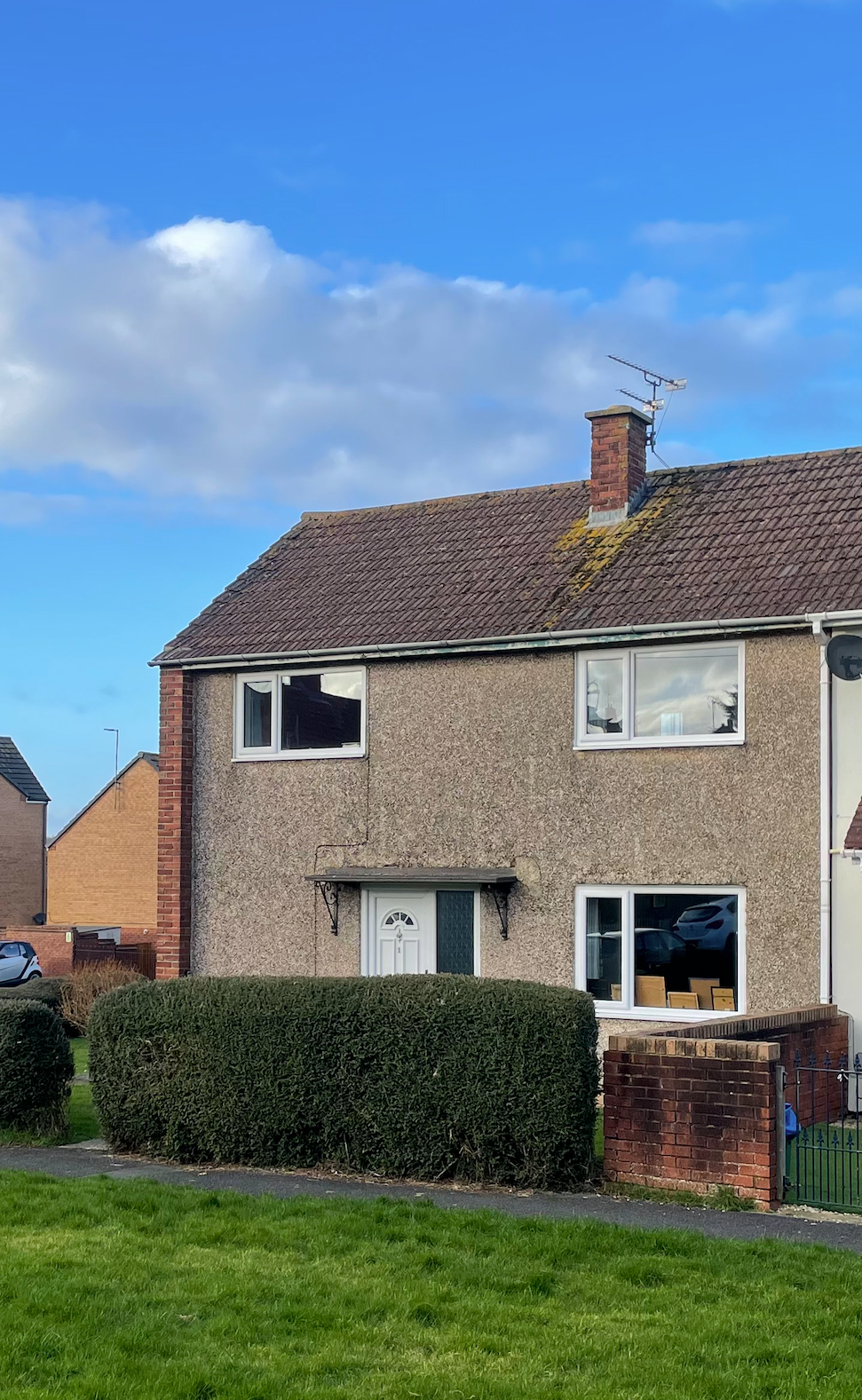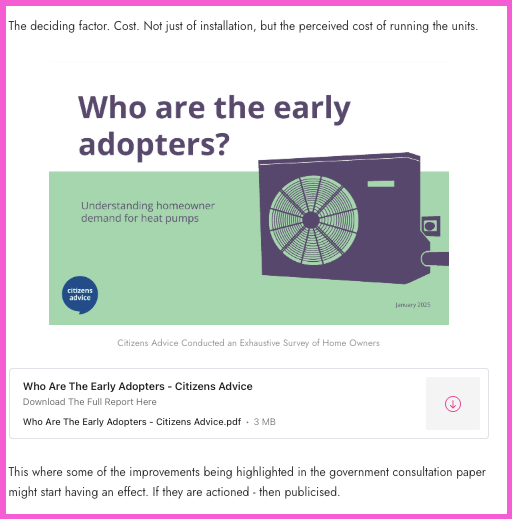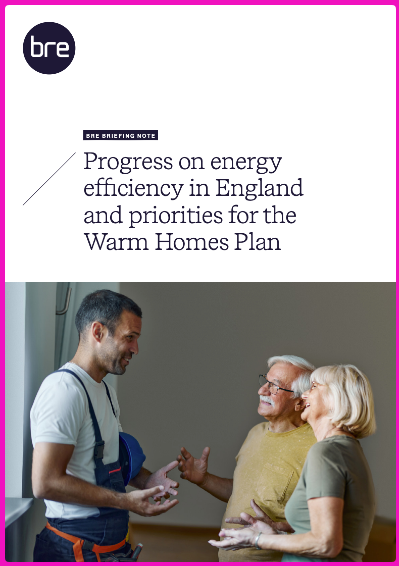Keep Going: Half Of English Homes Reach EPC C

In a briefing note issued by the Building Research Establishment (BRE), they announce that over half of all English homes are now at Energy Performance Certificate level C or above.
The briefing draws on data from the English Housing Survey (EHS) and is significant as milestone for achievement across political parties.
Why do we highlight this? Because in 2004 just two decades ago, only 4% of homes were EPC C or better.

It also marks a tipping of the balance towards making English homes more energy efficient and less unhealthy for homeowners to live in. Which has a reciprocal effect on the demands for NHS services, healthier homes have healthier residents inside them.
What It Doesn't Mean - Clean Heat
You can achieve an EPC C rating on a house like the example on the article header, a concrete walled (it's a Wimpey No-fines House) ex council property with pre 2022 levels of insulation, and double glazing.
But the property will still be heated in most of the houses by a gas boiler. So although the survey is initially heartening, there is still much work to be done to decarbonise energy sources.
The considerable success in clean heat sources suggest we are on a pathway to achieve cleaner heat in these homes.
But what about the 'other ones'. Those homes that are not even reaching EPC C, a standard which is considered reasonably energy efficient.
We know that many readers will be shouting at the screen about EPC's as an effective measurement tool but for now, let's stick with it.
Private Home Resistance To Clean Heat
The huge efforts to improve poor housing stock in social housing is not matched in private homes. This is for a number of reasons, but one of the most significant is the lack of momentum in persuading older homeowners of the effectiveness of clean heat and insulated homes.
The recent Citizens Advice analysis recounted examples of early adopters of heat pump technology and also gave reasons why older homeowners are reluctant.

With the BRE Report highlighting the massive work required;
To shape these there needs to be a particular focus on homeowners aged over 65, a group who (based on 2019-20 EHS data) own over 40% of below EPC C owner-occupier homes.
You can understand the resistance. Imagine you have elderly relatives who have a gas boiler but easily heat their 'lived in' rooms from a single radiator or a log burner or fire. Their home, their sanctuary is a place of peace away from the madness of modern life.
Ask them to uproot themselves and make changes to the structure of their house for a cylinder, a heat pump which they think are incredibly noisy, they aren't;
But the truth is, the ease with which a heat pump can be fitted is only matched by the ease with which you can access horror stories on the effectiveness of the pumps.
This is slowly being changed but I reckon there's anEHS report is that advertising whizz out there who could probably instil a call to action that would fire the age group to change.
There is nothing more British than British Air, one of the rallying cries could be...
Low EPC Ratings and Fuel Poverty
The terrible news, which is pulled out of the EHS report is that;
"a typical home in the bottom EPC bands of E, F and G has an energy bill more than double that of a home in the A-C EPC bands."
And of that group 55% are likely to be in fuel poverty. So the hardest to heat homes, are costing the most to heat for the most vulnerable people.

Low EPC And Health And Safety
There is a direct correlation between poor health outcomes across a range of conditions, from
"cold related cardiac, respiratory and even mental health problems."
So the incentive for cross department pressure on mandating this change could not be more important as our national health service strains under pressure.
But how do we track the health and well being of the properties that most need the assistance for their heating and energy needs?
It's All About Monitoring Performance
There is a wealth of opportunities for better management of the energy needs, consumption and performance of heating solutions.
However, management of energy use, monitoring equipment and consumer reluctance is holding back deployment.
One of the reasons why it's increasingly more difficult to push the remaining low EPC households up to level C is that they are not engaged with the EPC system, many do not have active EPCs, they are possibly in the cohort of users still using RTS for their metering (900,000 homes still waiting to be switched over) which is an indicator of who needs help.
There is many new products and existing monitoring products which answer the clarion call of making this process more 'trackable' - the question is. If the Warmer Homes Plan is going to work, how will we know if it working.

